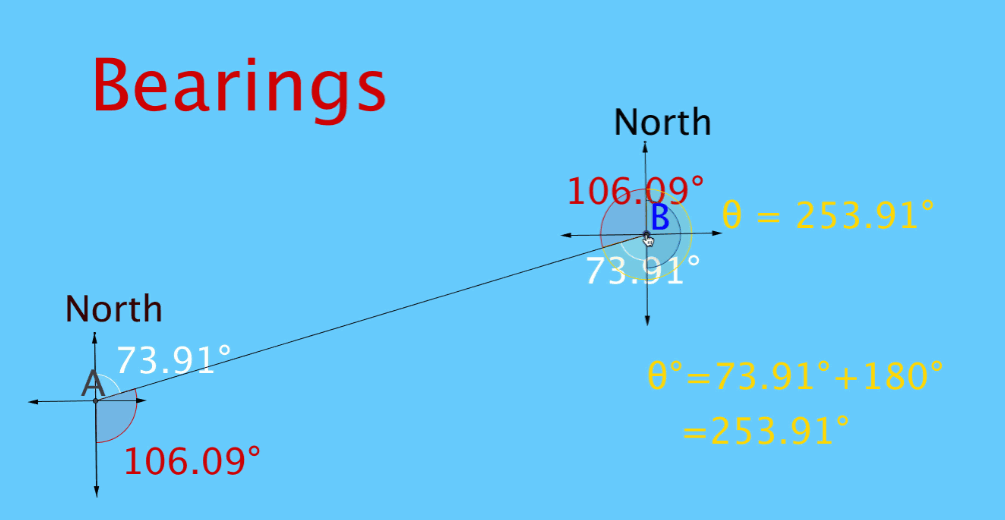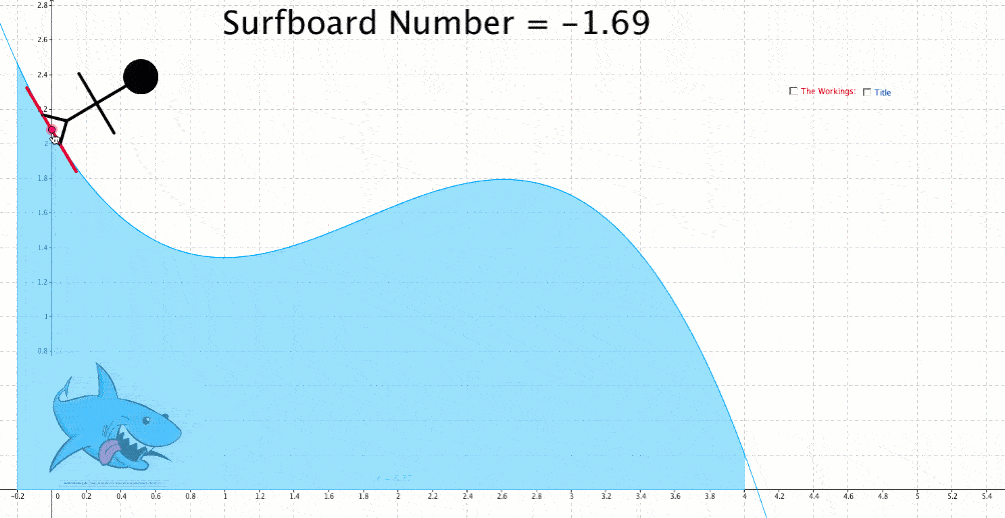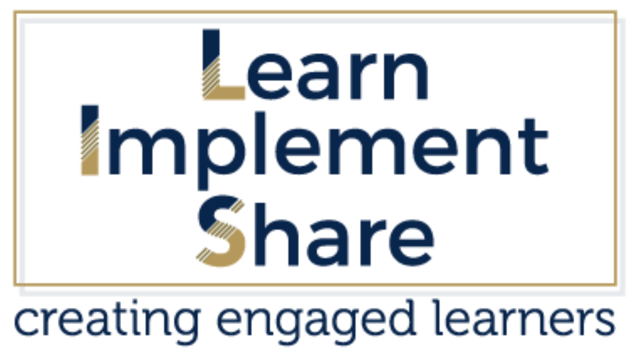Are You Utilising GeoGebra?
An Example Of Using A GeoGebra File To Impart Conceptual Understanding
(The original GeoGebra file used for the dynamic image above was created by Melina O’Brien, Moss Vale High School, NSW, course participant, September 2011)
You don't know what you don't know!The saying ‘You don’t know what you don’t know’ applies to many aspects of life but especially to technology. In regards to teaching, there are incredible tools with game-changing potential, if only we truly knew of that potential. For mathematics teachers, GeoGebra is one such tool.
How many teachers in your department still need to start using GeoGebra regularly - and across all mathematics classes?Many mathematics teachers are unaware of GeoGebra's potential, despite its potential. I suggest less than 50% of teachers with access to technology use GeoGebra regularly in their classes, even to a basic level. Senior maths teachers mainly use GeoGebra; many junior high and middle school teachers are unaware of GeoGebra’s potential for their classes.
Hopefully, those who read this and other GeoGebra articles will begin to see that GeoGebra has applications across all high-school year levels and many topics beyond graphing and geometry. |
A solid foundation for understanding
The gif at the top of this article demonstrates how GeoGebra can aid in teaching the principle of reading a bearing from two points. This simple file provides a visual foundation for understanding, encourages student engagement and questions, and can be shown before or after the topic is covered.
A paradigm shift
GeoGebra's power in teaching is often overlooked and its dynamic files bring a shift in traditional teaching methods. Even the most straightforward file projected on a screen can make a significant impact. Using GeoGebra for student-led investigations, offers even greater benefits, as seen in the Pythagoras investigation article.
The gif below was created from a file created by Anne Wolkowitsch, showing the creative potential of GeoGebra. The video editing process added some visuals, such as the dotted lines and "Ouch".
The gif below was created from a file created by Anne Wolkowitsch, showing the creative potential of GeoGebra. The video editing process added some visuals, such as the dotted lines and "Ouch".
(The original GeoGebra file used for the dynamic image above was created by Anne Wolkowitsch, The French School, NSW, course participant December 2013)
Using the file as part of a conceptual approach
Here are some suggestions for embracing a conceptual approach to teaching gradient with this file:
- Project the file showing 'Surfboard Number' to students before introducing the term 'gradient'.
- Note that the word ‘Number’ has been deliberately used in preference to Slope or Gradient. This is because we want students to think about what the Surfboard Number means as the surfboard moves. It won’t take students long to relate this number to the position of the surfboard!
- Once students begin to see the relationship – horizontal means zero, steep means a larger number, up means positive, down means negative – ask students to come up with a name for the number. ‘Slope’ tends to be a common suggestion.
- Ask “How is the surfboard number calculated?” If the class is capable, you could, at this point, ask them to explore, preferably in pairs, on some graph paper.
- The following clue could be offered: “Every point has an x coordinate and a y coordinate”. The aim isn’t that students will discover the gradient formula. Some may discover it or get close. However, the main objective is to have students engaged and ask questions as they explore.
- Reveal the calculations dynamically.
- Use the file to facilitate students' understanding of the relationships between the numbers and the graph.
- The final step is to show the title. However, given we are addressing a junior high school class, the title in the gif is probably best left hidden. Or you could modify the title.
- Display everything from the start if teaching a calculus class.
Download the modified surfer file
The modified version of Anne's file - the one used for the GIF is available to download below.
| surfer-file_anne_wolkowitsch-modified-richard_andrew.ggb |
The principles in the surfboard gradient file can be applied in various areas of mathematics, particularly to enhance students' understanding in middle and junior high school.
For more examples of dynamic images of GeoGebra files, check out this page of files created by participants of the 'GeoGebra Proficiency' course.
For more examples of dynamic images of GeoGebra files, check out this page of files created by participants of the 'GeoGebra Proficiency' course.
Becoming a proficient GeoGebra user
Do you use GeoGebra extensively in your math classes and across different topics? If not, this article may have inspired you to improve your skills.
Learning GeoGebra on your own is frustrating and s l o w !
Learning GeoGebra on your own can be challenging and time-consuming, partly due to its vast capabilities beyond high school mathematics that have no relevance to high school mathematics.
In addition, when seeking to learn a new aspect of GeoGebra, it is often impossible to know what search phrase to use! I could share numerous examples of this from my own experience.
This is why a comprehensive PD would be beneficial to help you become a proficient GeoGebra user for all high school classes and topics.
In addition, when seeking to learn a new aspect of GeoGebra, it is often impossible to know what search phrase to use! I could share numerous examples of this from my own experience.
This is why a comprehensive PD would be beneficial to help you become a proficient GeoGebra user for all high school classes and topics.
Share your thoughts ...
What is your opinion on using GeoGebra effectively and widely in mathematics education? I'd love to hear your comments, both positive and negative.
NOTE: Create a Hyvor Talk account before commenting (click LOGIN) - that way you'll be notified of replies and you won't be anonymous.
If you don't create an account, please state your name at the start of your comment. Thanks.
NOTE: Create a Hyvor Talk account before commenting (click LOGIN) - that way you'll be notified of replies and you won't be anonymous.
If you don't create an account, please state your name at the start of your comment. Thanks.





